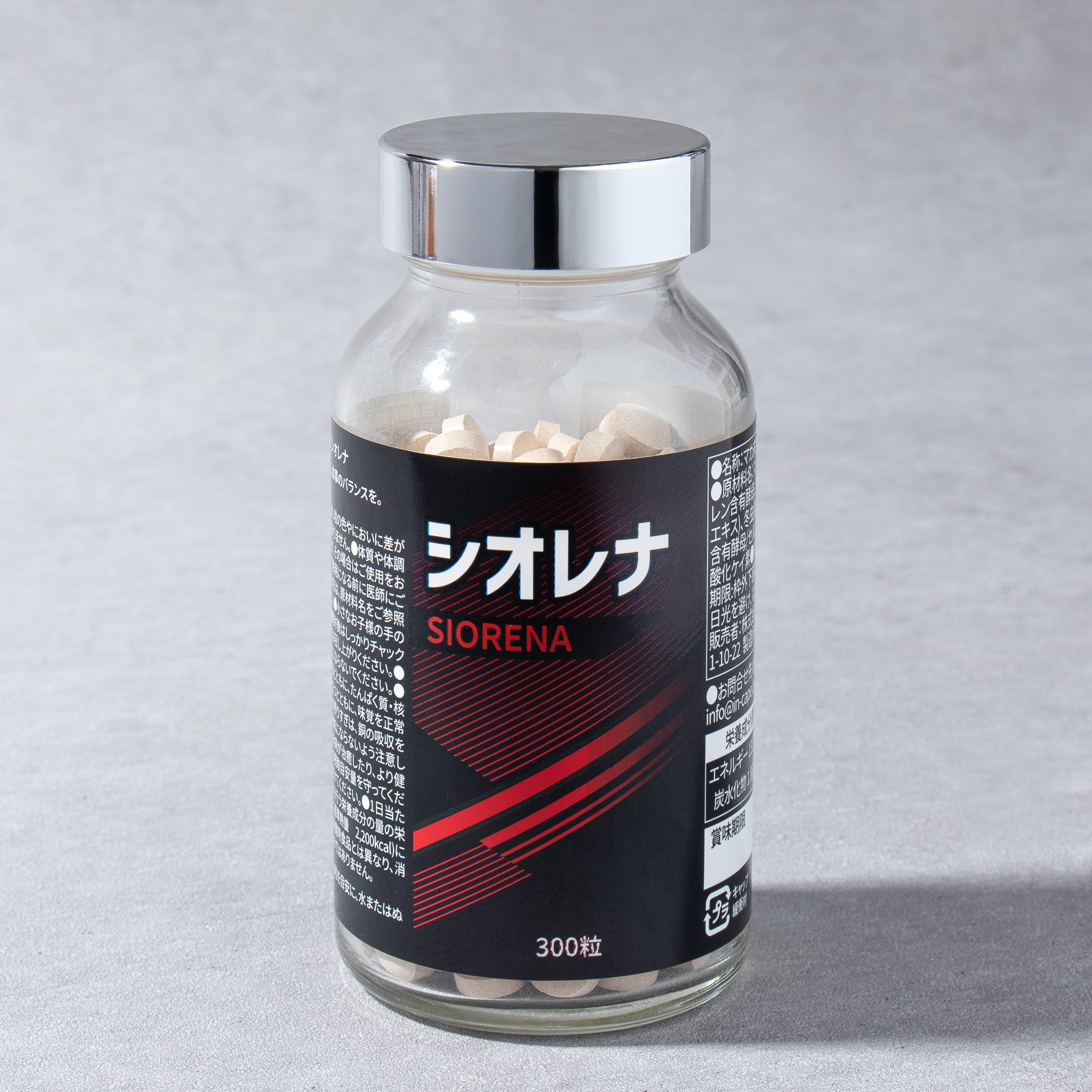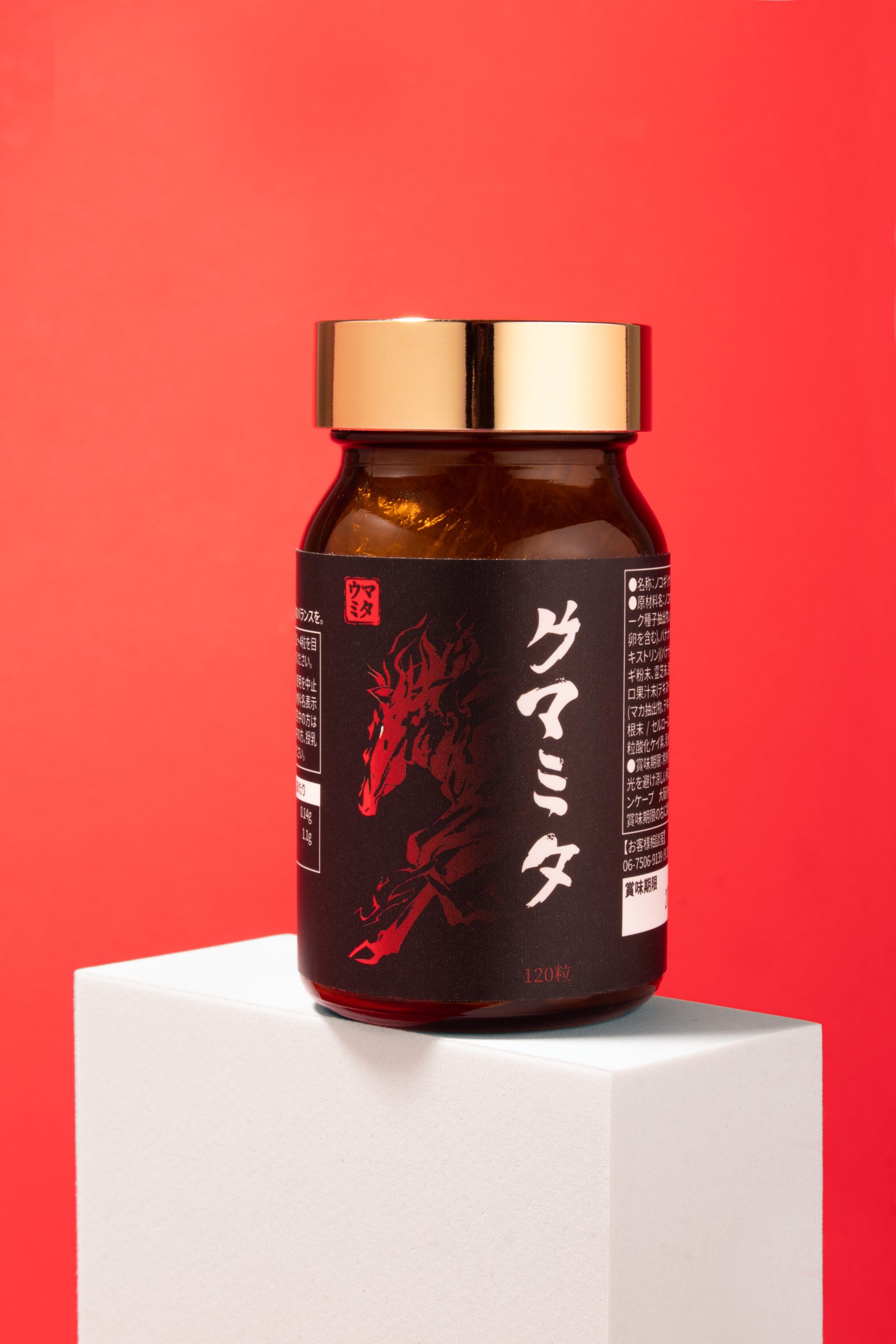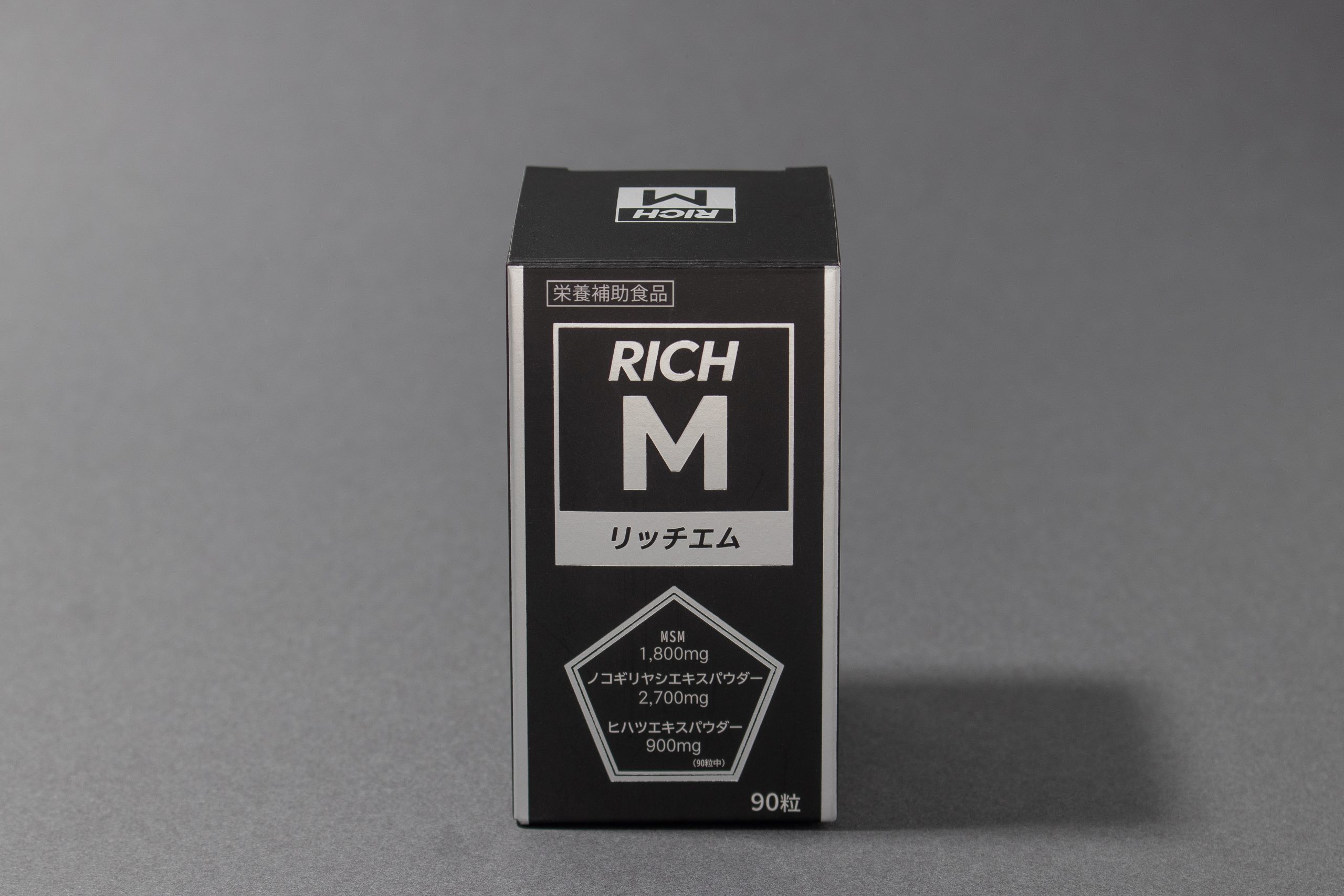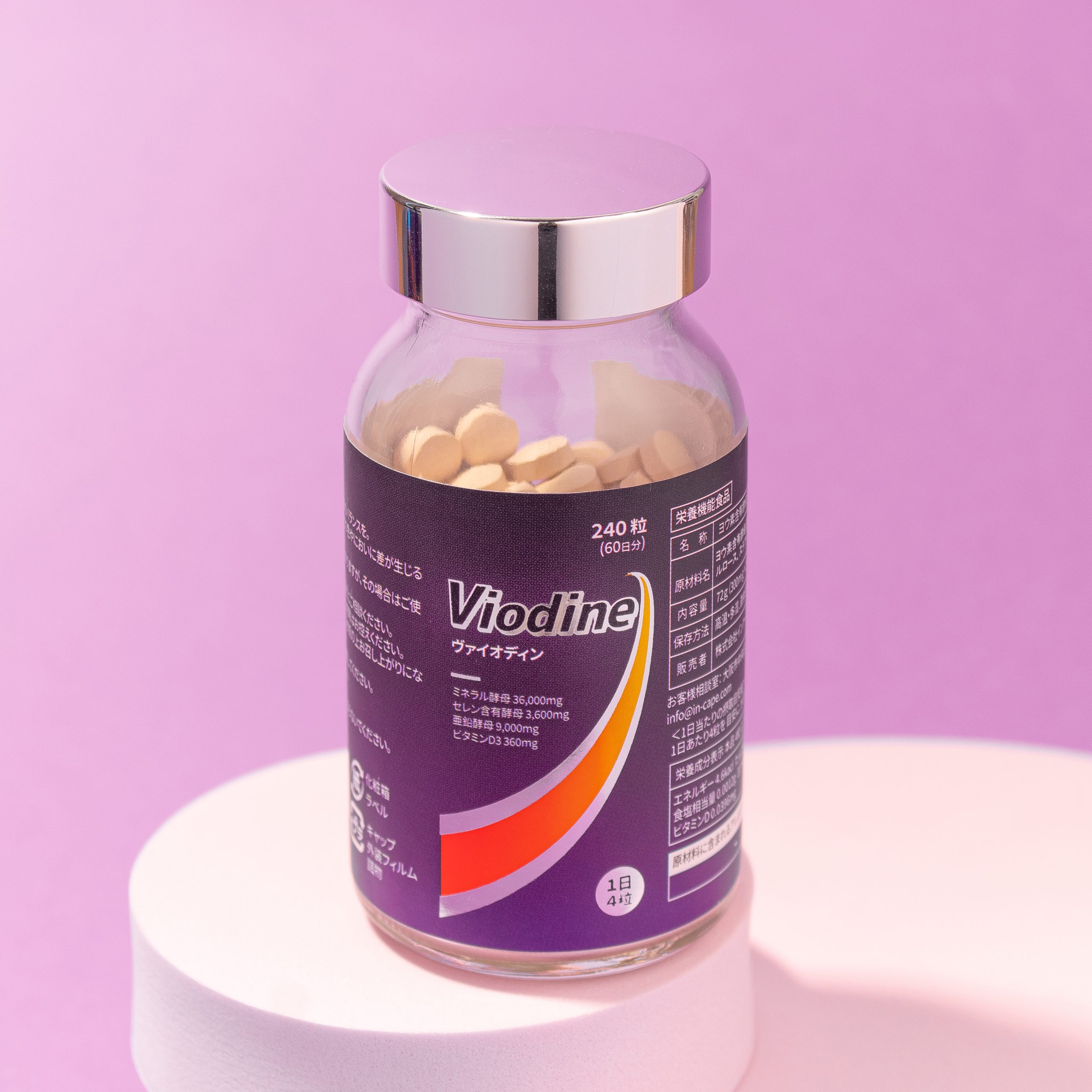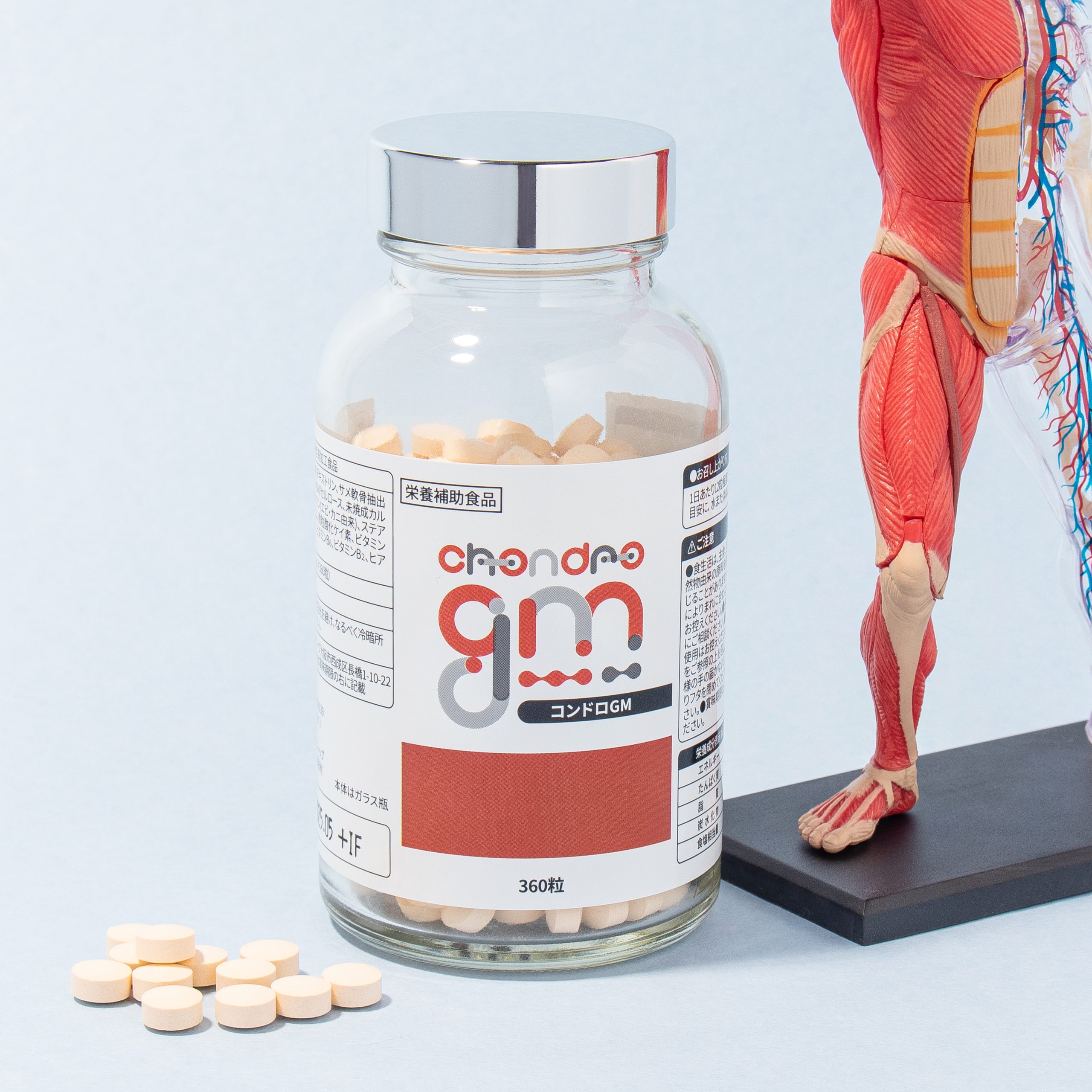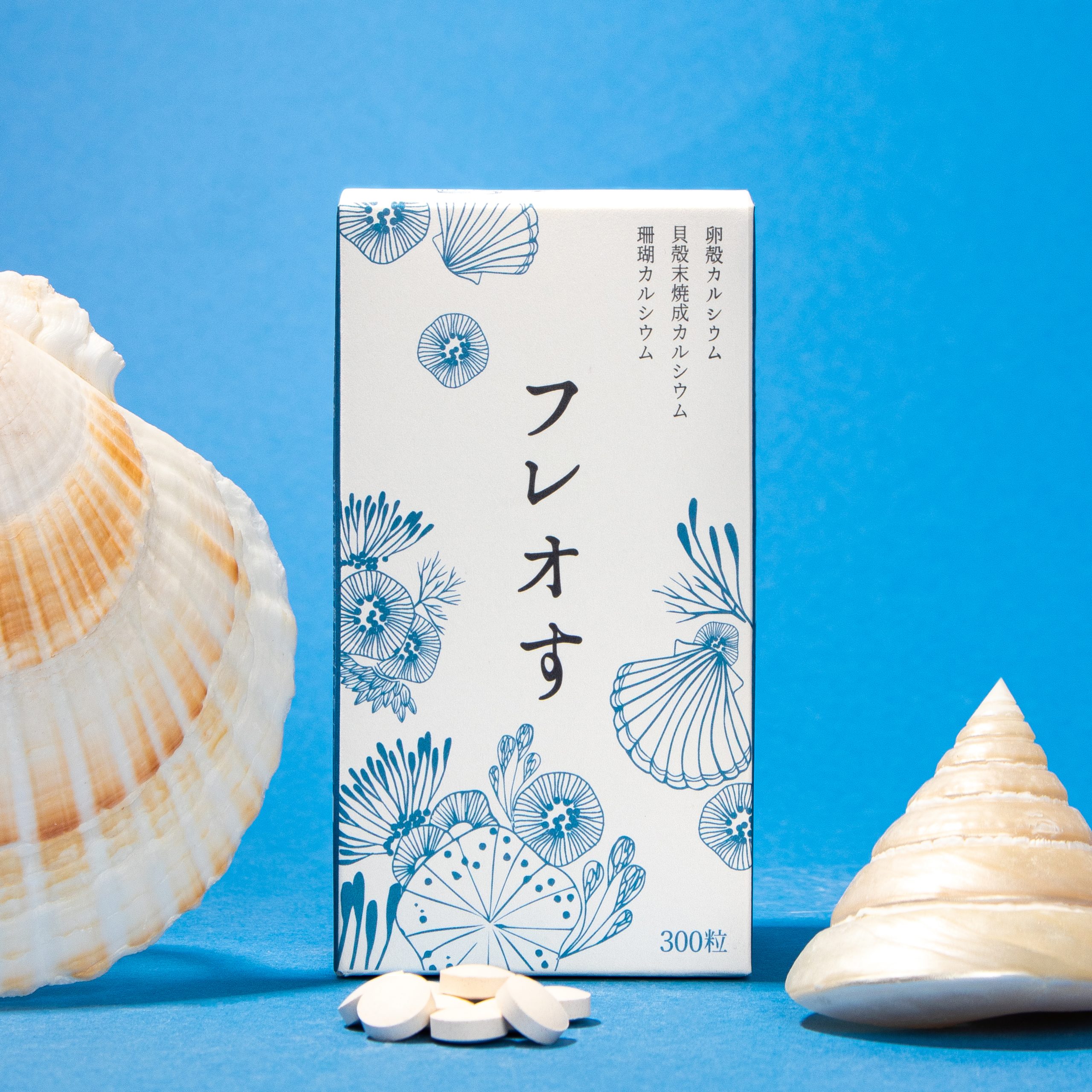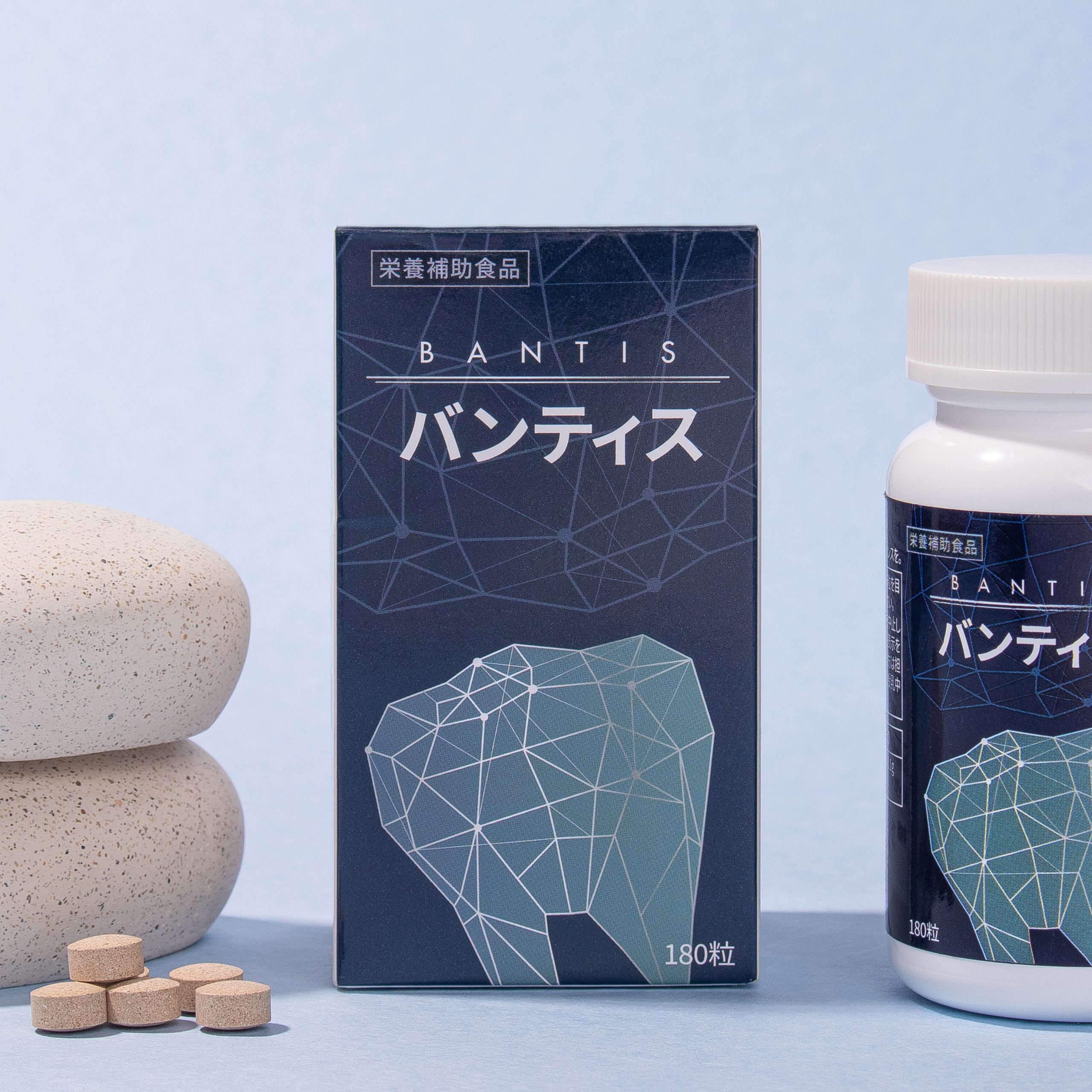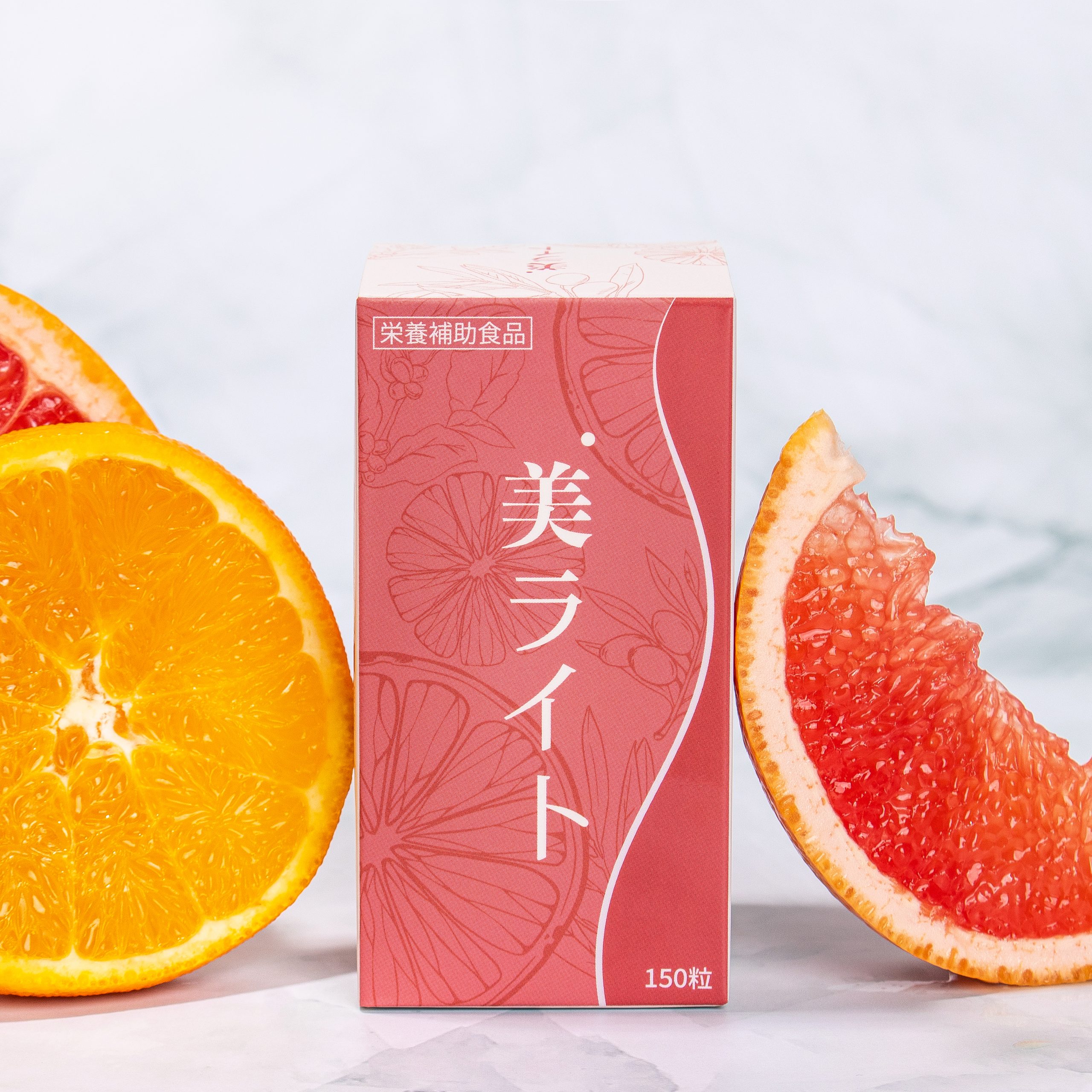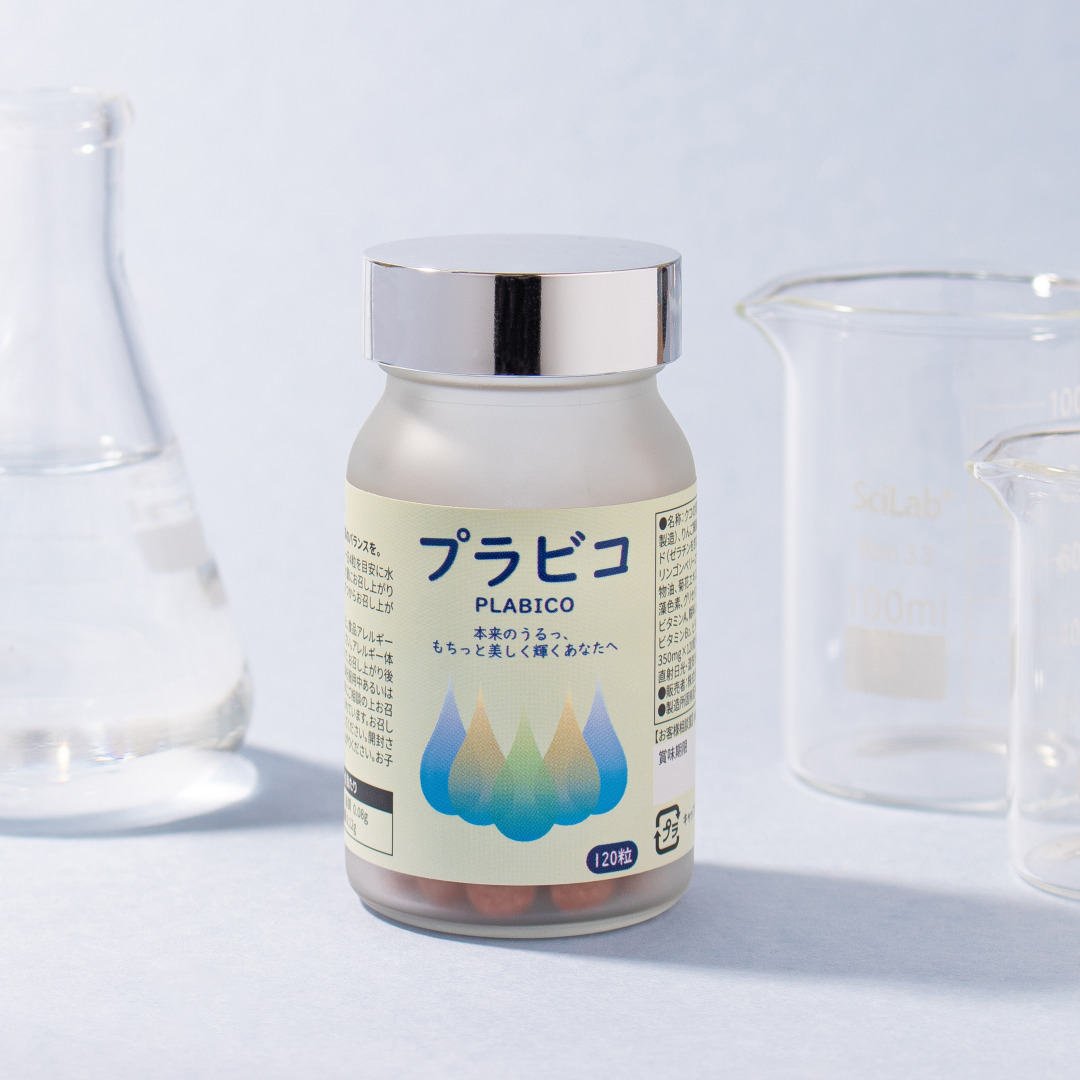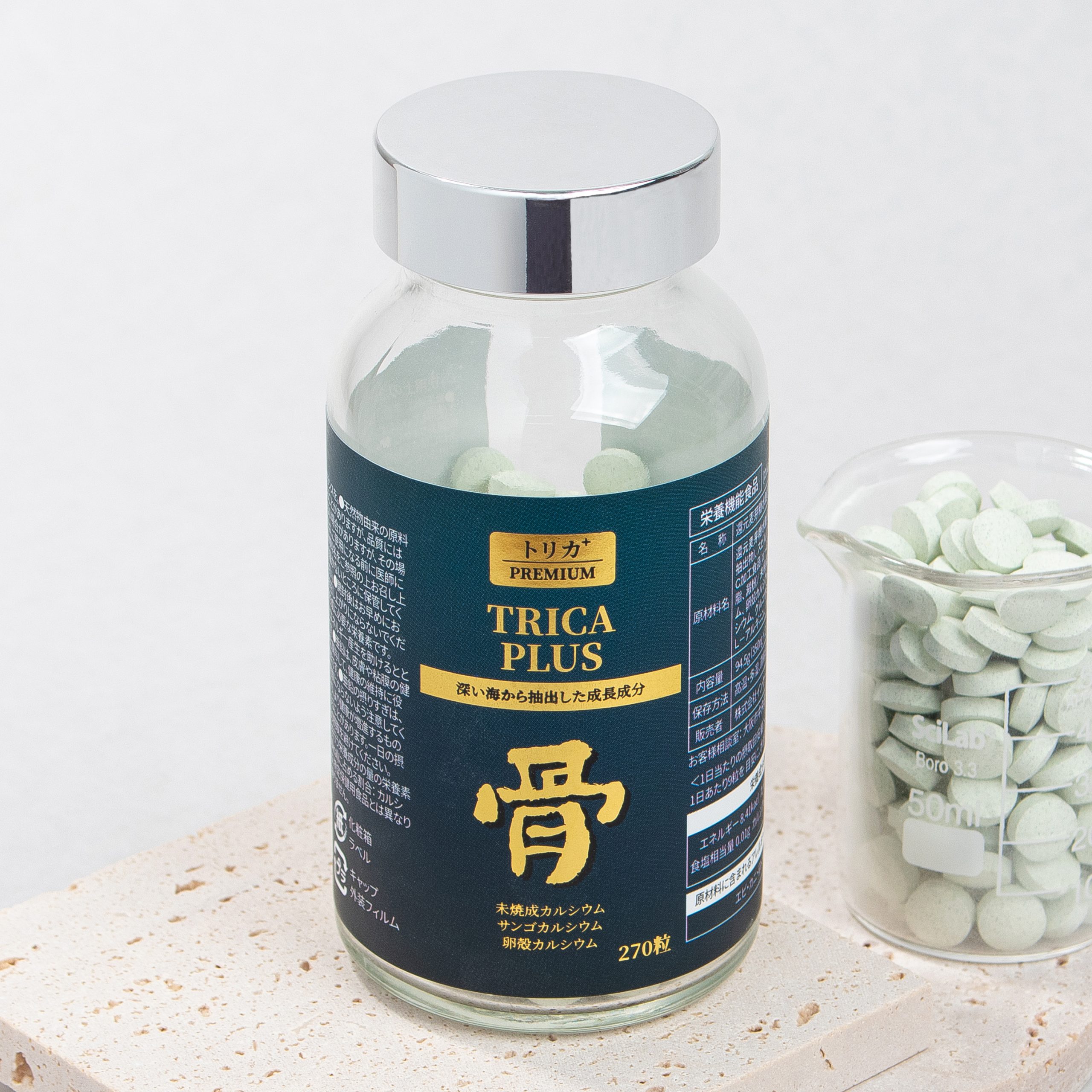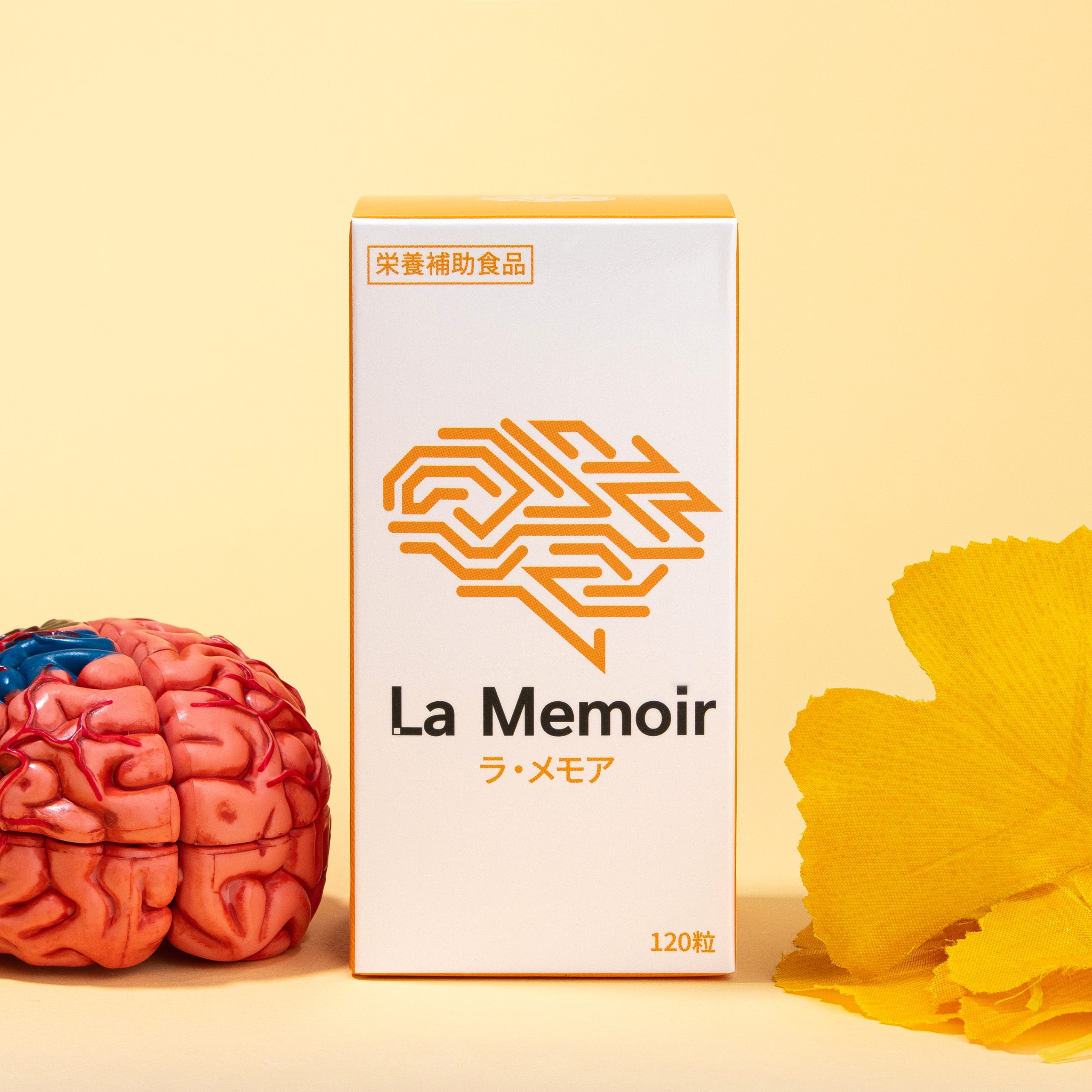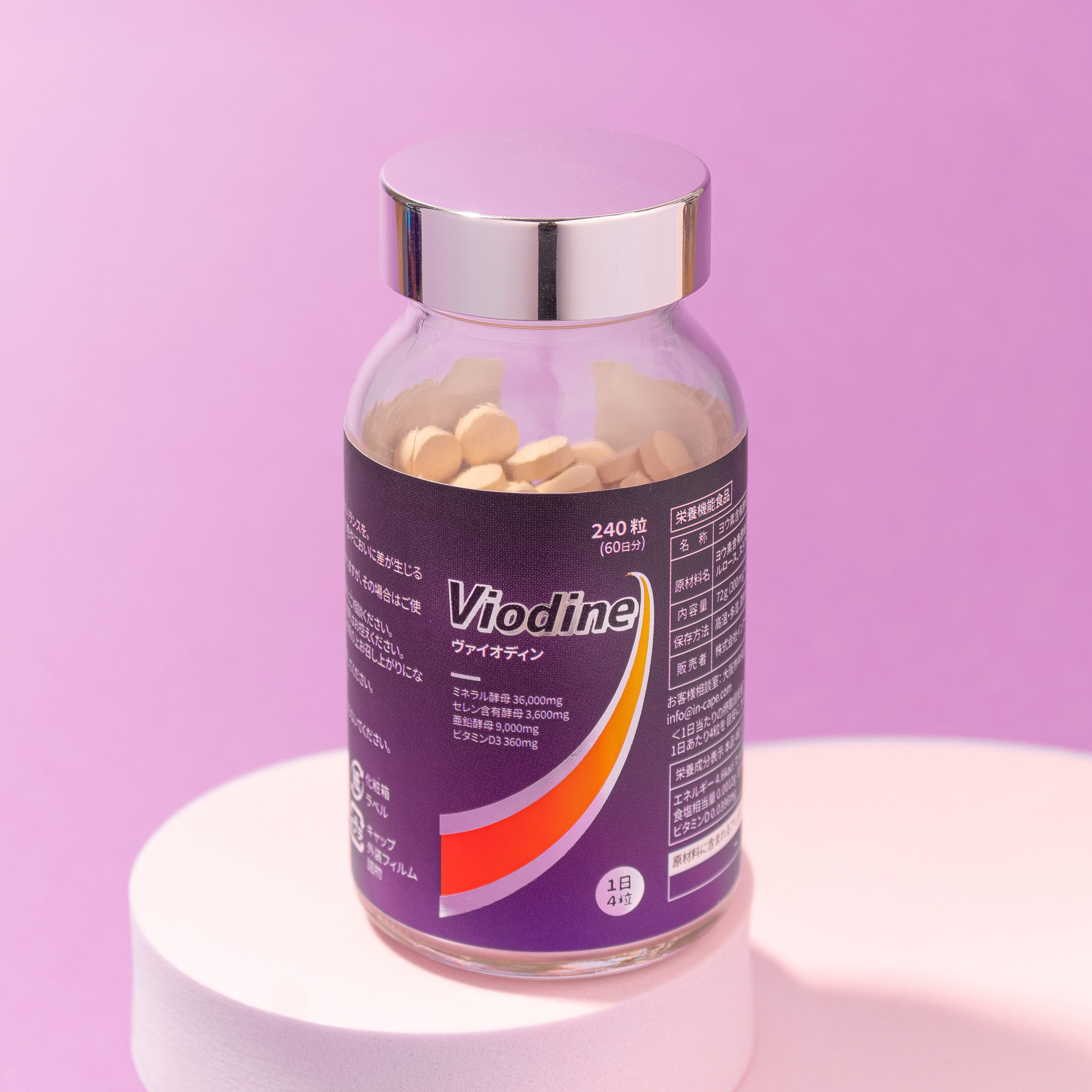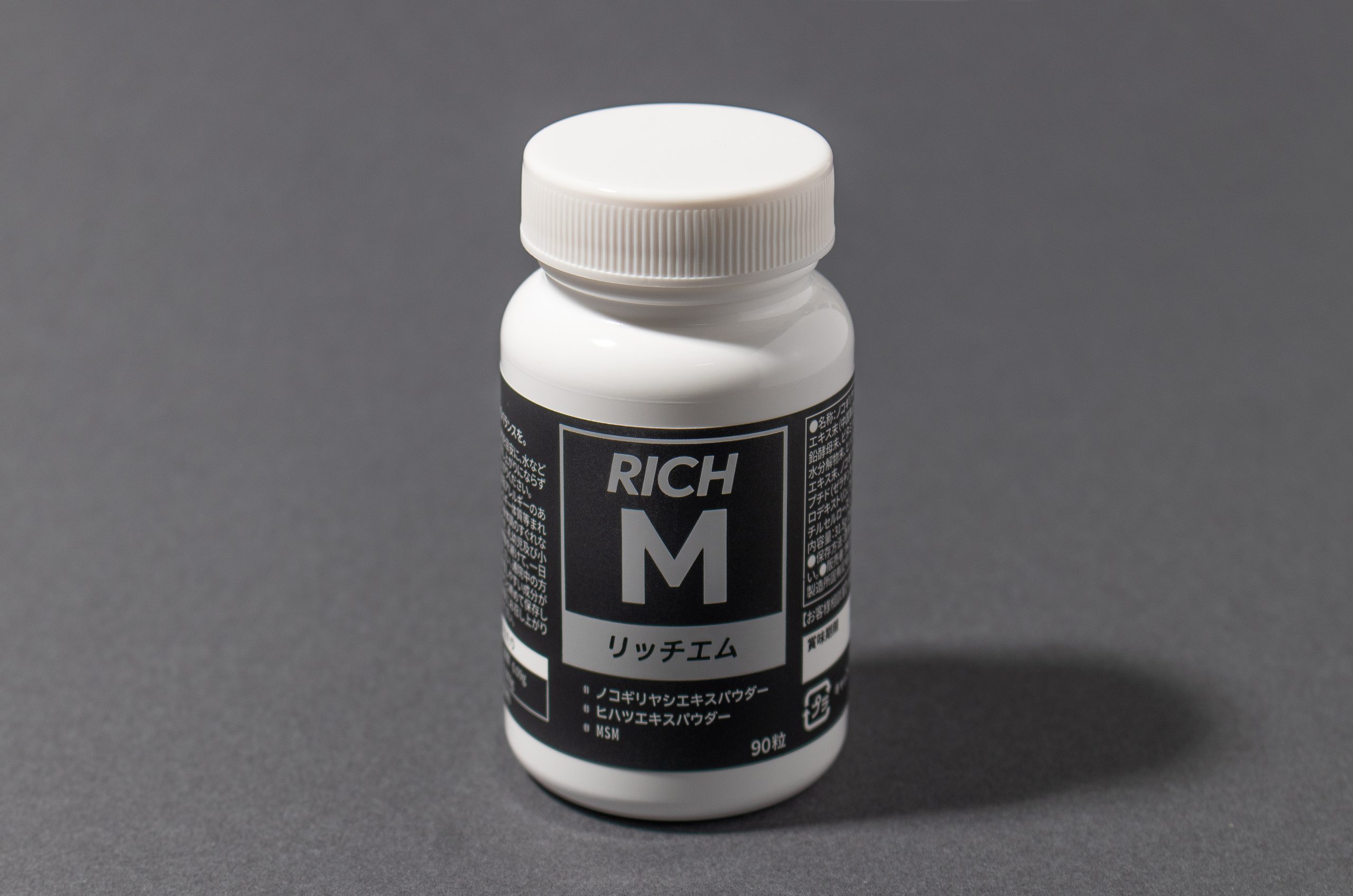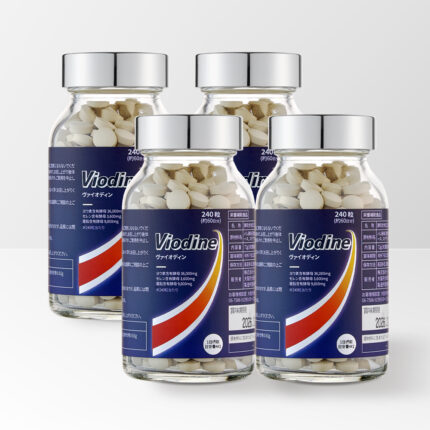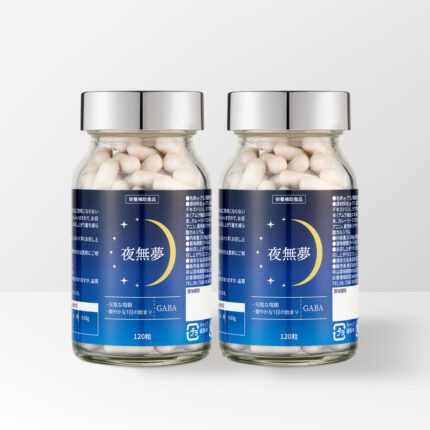여성탈모치료 효과 높이는 5가지 최신 비결

# 5 Latest Secrets to Increase the Effectiveness of Female Hair Loss Treatment
Female Hair Loss Treatment: Effective Treatment Methods and Trends
Hair loss is no longer just a problem for men. Today, many women are seeking treatment for female hair loss to keep their hair healthy. Hair loss, which was previously considered an age-related problem, is now appearing in younger age groups, making it important to understand and deal with female hair loss. In this article, we will take a closer look at the causes of female hair loss, the latest treatment methods, and the trends that are attracting attention in the market.
Female Hair Loss Treatment: Why is Female Hair Loss On the Rise?
1. Main causes of female hair loss
Female hair loss occurs due to various causes. Hormonal changes (e.g., hair loss after childbirth), genetic factors , nutritional deficiencies , and extreme stress are the main causes of female hair loss. Studies have shown that telogen effluvium, which is caused by stress, is one of the most common types of hair loss in women [1]. Androgenetic alopecia , which is related to hormonal changes after menopause, is also becoming increasingly common among women.
Real Case : Ms. A, 35 years old and living in Seoul, experienced severe hair loss after giving birth. Her hair recovered to some extent through scalp care and improved diet, but she visited a specialist hospital due to persistent hair loss problems and said that she got good results through PRP treatment.
Female Hair Loss Treatment: Which Treatments Are Effective?
1. Widely used treatment methods
The current treatment methods for female hair loss on the market are broadly divided into drug therapy, non-invasive device therapy, and surgical hair transplantation.
- Minoxidil : The most commonly prescribed topical treatment for women, and the only non-prescription hair loss treatment approved by the US FDA. Consistent use is important, and results begin to show after 4-6 months.
- PRP Treatment (Platelet-Rich Plasma) : Platelet concentrate extracted from the patient’s blood is injected into the scalp to stimulate hair follicles and promote new hair growth. One clinical study found that PRP treatment provided faster results than minoxidil alone [2].
- Low-level laser therapy (LLLT) : A non-invasive treatment that increases blood flow to the scalp to promote hair growth. It is safe and has few side effects[3].
2. Expert opinion
According to a study by Harvard Medical School, drug treatments such as minoxidil are effective for early-stage female hair loss, but PRP or laser treatments may be effective for more severe hair loss. There are also many opinions that a combination of treatments is needed to remove the root cause of hair loss [4].
Female Hair Loss Treatment: Comparison with Other Solutions
Most women first try shampoos or supplements to solve their hair loss problems. However, these methods can help prevent hair loss, but they have limited power to reverse hair loss that has already started.
- Women’s Hair Loss Shampoo : Shampoos with fewer surfactants and natural ingredients help maintain scalp health. However, hair regrowth may be difficult.
- Supplements : Products containing certain nutrients, such as biotin, zinc, and iron, may help increase hair strength, but they need to be taken consistently to see results.
In comparison, PRP treatment or LLLT directly acts on the scalp to stimulate hair follicles, so you can expect much faster and more visible results.
Female Hair Loss Treatment: Real User Reviews
User Review 1: “I was so worried about my hair falling out in clumps after giving birth. Minoxidil was really good because it was easy to use, but it was irritating to my sensitive scalp. I felt great results after doing PRP treatment!” – B, 34 years old
User Review 2: “I took premium nutritional supplements and managed my stress, and my hair loss decreased. However, I could only get satisfactory results after PRP treatment.” – C, 40 years old
4. Scientific research on female hair loss
- Minoxidil’s Effects
A study presented at the American Academy of Dermatology found that women who used 5% minoxidil experienced an average increase in hair density of 18%, while those using a 2% solution only experienced a 14% increase[5]. - Safety of LLLT
A meta-analysis published in 2020 found that approximately 87% of patients who received low-level laser treatment experienced hair restoration effects after 6 months of use [6].
Female Hair Loss Treatment: Conclusions and Future Prospects
Female hair loss is a problem that no longer needs to be hidden. Hair loss treatments are rapidly developing, and many women are benefiting from the latest technologies such as PRP and LLLT. Preventive measures such as stress management, nutrition, and maintaining hormonal health are also important.
Female hair loss treatment requires customized treatment that can bring about the best results depending on the individual’s condition. You should find the method that is right for you with professional consultation.
Talk to our medical experts today to find out which female hair loss treatment option is right for you!

